The Tamasaba goldfish is a very beautiful but uncommon variety of goldfish. It is of Japanese origin and also known as Sabao. It’s body shape is similar to the Ryukin. And has a very long, flowing, single tail that is similar to that of a mackerel (that’s why it’s other name is Mackerel Tail Goldfish.
The Tamasaba goldfish actually originated from the Yamagata Prefecture in northern Japan, hence it is also known as Yamagata goldfish or Yamagata Kingyo. It is a rare breed of goldfish and was developed by crossing a single tailed Syounai with a double tailed Ryukin goldfish (the Syounai is no longer available).
That crossing of Syounai with Ryukin resulted a goldfish with a round body and arched back that has a single anal and caudal fin. However, read some more information about this beautiful goldfish variety below.
Tamasaba Goldfish Characteristics
They Tamasaba goldfish are pretty larger fish, and they grow larger than the Ryukins. Their body is round and arched back. They have a single anal and caudal fin. They generally come in solid red, deep red and white colors. Mature Tamasaba goldfish can easily reach 10 inches of total body length.[1]
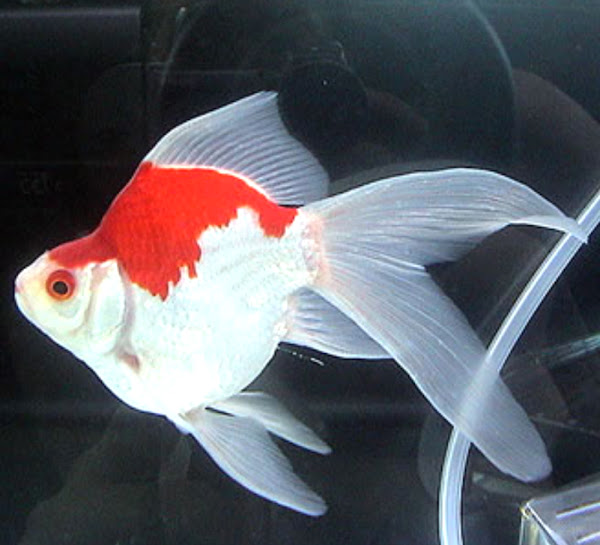
Diet
Like many other goldfish varieties, these fishes are omnivorous. They will eat all kinds of foods, even fresh or frozen foods.
Uses
The Tamasaba goldfish are ornamental fish species. They are raised mainly for ornamental purpose.
Special Notes
The Tamasaba goldfish are very hardy goldfish species. They are very attractive and strong goldfish variety, and they are very suitable for both pond and aquarium. They are not as fast as their slender bodied cousins. However, review full breed profile of these fish in the table below.
| Name | Tamasaba |
| Other Names | Also known as Sabao, Mackerel Tail Goldfish, Yamagata goldfish or Yamagata Kingyo |
| Breed Purpose | Ornamental, pet |
| Special Notes | Very beautiful, very hardy, attractive appearance, very strong, suitable for both pond and aquarium, not too fast, good for ornamental purpose |
| Size | Can grow up to 10 inches |
| Breeding Method | Artificial and natural |
| Climate Tolerance | Almost all climates |
| Body Color | Common colors are solid red, deep red and white |
| Rarity | Common |
| Availability | Worldwide |
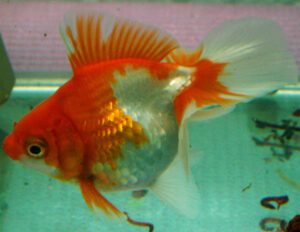
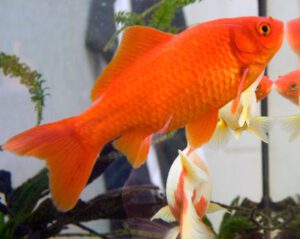
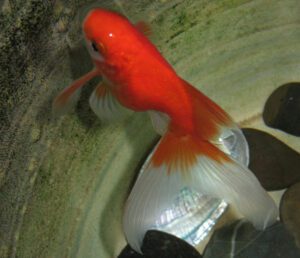
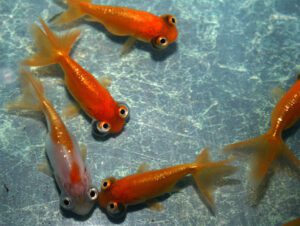
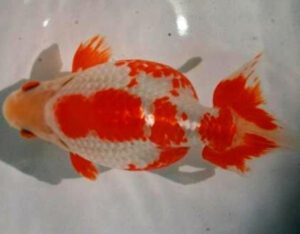
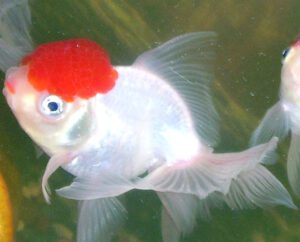
These fish are very beautiful. They are also very active and curious. I love them.